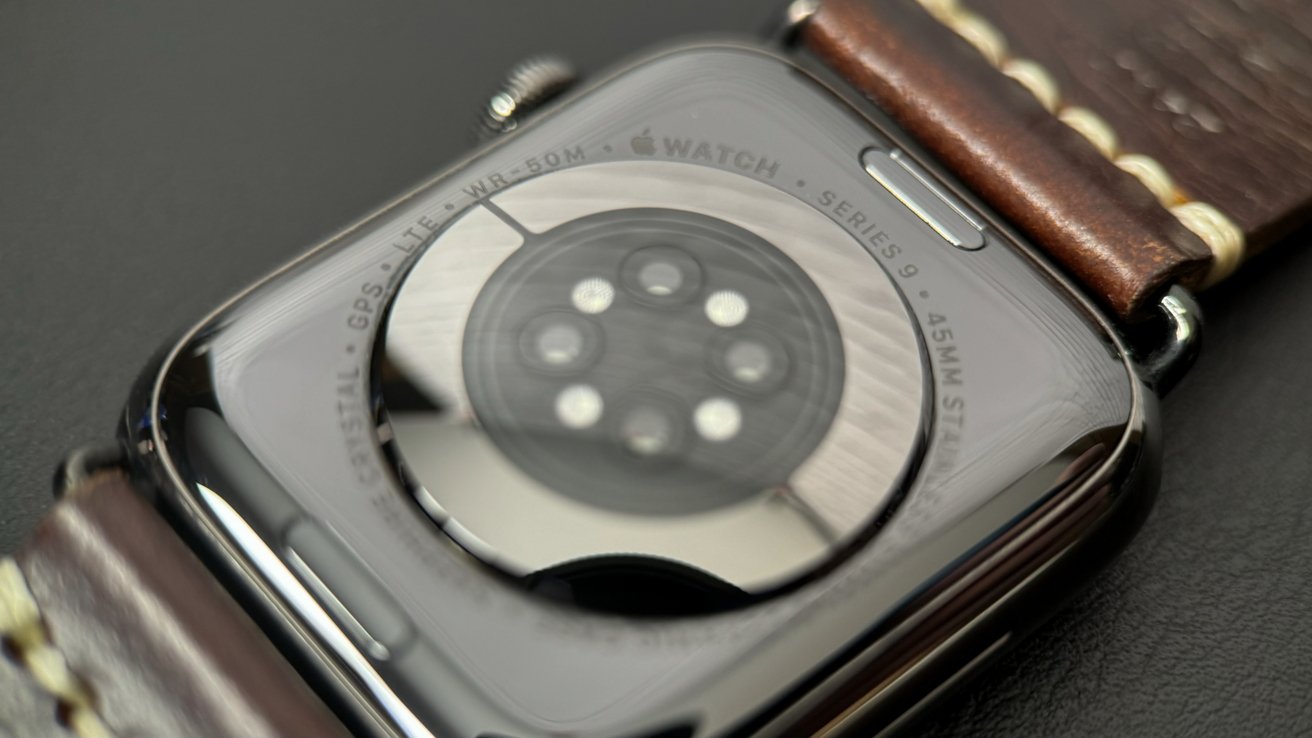Apple may have been given a stay on an ITC-recommended Apple Watch import ban, but that doesn't mean the saga is over as the company seeks software fixes to satisfy Customs.
A judge ruled that the Apple Watch blood oxygen detection system violated Masimo patents, followed by an International Trade Commission recommendation to ban import of violating products. The ban went into effect December 25, but an appeal to the Federal Circuit Court brought some reprieve as a stay on the ban will last at least until January 10, when the ITC will make a final judgment on a stay that will last the duration of Apple's appeals.
According to a report from Bloomberg, Apple isn't resting easy yet, as it wants to avoid a sales ban by any means necessary. The company has submitted a software update to Customs for investigation, which may allow the company to continue sale of Apple Watch Series 9 and Apple Watch Ultra 2 even if a stay isn't granted.
The ITC could deny the extended stay on or before January 10, but if Apple's software update passes Customs' investigation, the Apple Watches could go back on sale as soon as January 12. Apple's software approach with Customs would prove a victory, according to the ITC.
"That forthcoming Customs decision on the redesigns has no bearing on the status of the infringing Apple Watch products, and in fact, a favorable decision by Customs would further undermine any assertion of irreparable harm," the ITC told the Federal Circuit in a December 26 letter responding to Apple's filings.
An ITC litigator, Smith R. Brittingham IV, says Apple's multi-pronged approach makes sense, as Masimo will be left without recourse if Customs says Apple's solution works. On the other hand, Apple can appeal to the US Court of International Trade and then the Federal Circuit Courts again as it fights to sell the Apple Watch.
If Apple emerges victorious with Customs, there's no appeals process for Masimo since the company isn't a part of the Customs dispute. Masimo's entire case rests within the patent system and its claims process with the ITC, while Customs exists to enforce the ITC ruling. They are separate entities.
Masimo would have to file a new ITC petition claiming Apple is violating the sales ban, but it would have to prove the software update still infringed on Masimo's patents. Apple could appeal again and create an endless loop.
Masimo has said it is willing to settle with Apple, but the company hasn't reached out. Speculation suggests Apple could be trying to use Masimo as an example of how patent trolls can take cases all the way to a ban and still not get a settlement.
 Wesley Hilliard
Wesley Hilliard







-m.jpg)






 Brian Patterson
Brian Patterson
 Charles Martin
Charles Martin


 Malcolm Owen
Malcolm Owen
 William Gallagher
William Gallagher
 Christine McKee
Christine McKee
 Marko Zivkovic
Marko Zivkovic









15 Comments
I haven't looked closely at the patents in question, but isn't it the general idea of using light that's at issue? That makes it a hardware violation, not software. I can't think of any other way it can be done, so if it is this light-based approach, it sounds like Mosimo holds the cards no matter how Apple changes the software.
TheVerge has a great breakdown of the history.
https://www.theverge.com/2023/12/28/24016913/apple-patent-dispute-masimo-lagemo-true-wearables#
Pulse oximetry was invented by Takuo Aoyagi, not Masimo. While I have been siding with Masimo for the most part, learning more shows that they are trying to claim ownership of ideas that may not truly be their own. Their claims are based mostly on timing of when the ideas were conceived.
When I see words like "claims", it raises some red flags.
Well written, informative article Wes. The last point is interesting — maybe they have drawn a red line, and would rather fight and defend than settle. The latter does seem to have future ramifications.
“Patent Troll” seems to be an unfair label, in this case; based on this quote from the WSJ:
“A few months later, Mr. Kiani said, he got a call from his chief medical officer, Michael O’Reilly, informing him he was joining Apple, which he said had agreed to double his salary and pay him millions in Apple shares […]
Mr. Kiani is one of more than two dozen executives, inventors, investors and lawyers who described similar encounters with Apple. First, they said, came discussions about potential partnerships or integration of their technology into Apple products. Then, they said, talks stopped and Apple launched its own similar features.“